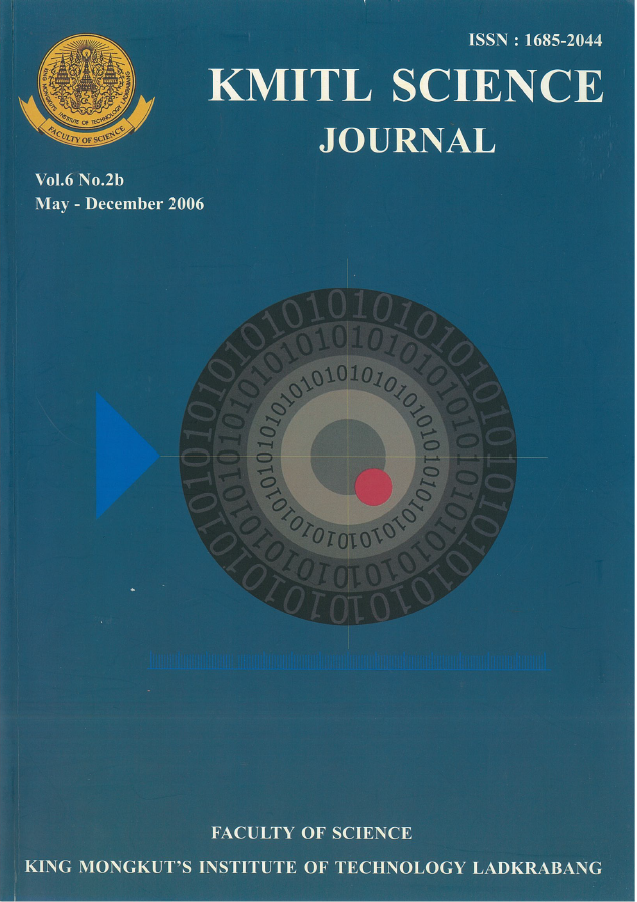Experimental design methods are practically used for screening factors and determining optimal conditions in chemical reaction. In this research, factorial design and Box-Behnken design were applied to copyrolysis reaction between polyvinyl chloride (PVC) and cattle manure for screening factors which had no effect on HCl reduction and optimizing the experimental conditions providing maximum HCl reduction. Experimental data was obtained from a fixed bed reactor heated by an electrical furnace. The furnace temperature was controlled by PID controller. The pyrolyzed products were carried by nitrogen gas and condensed by a condenser. The non-condensed products passed through sodium hydroxide solution where HCl was captured. The HCl removal efficiency was determined from the amount of remaining sodium hydroxide. The reaction temperature, reaction time, heating rate and ratio of PVC: cattle manure was studied in the ranges of 250-450˚C, 0-60 min, 1-5˚C/min and 1:1 to 1:5, respectively. From statistical results, factorial design showed that heating rate and reaction temperature were significant factors due to very low P values (P<0.05). The other factors which had high P value showed effects on HCl reduction. Box-Behnken design was used to determine the optimum conditions. The highest efficiency of HCl reduction was obtained from the lowest heating rate of 1˚C/min, the highest reaction temperature of 450˚C, the PVC: cattle manure ratio of 1:5 and the reaction time of 60 min with reliability more than 90%.
Keywords: experimental design, pyrolysis, PVC, cattle manure, dichlorination
Corresponding Author Email: fengapd@ku.ac.th
Samart, C. ., & Duangchan*, A. . (2018). Application of Experimental Design Method for Copyrolysis of PVC with Cattle Manure. CURRENT APPLIED SCIENCE AND TECHNOLOGY, 471-478.

https://cast.kmitl.ac.th/articles/149963